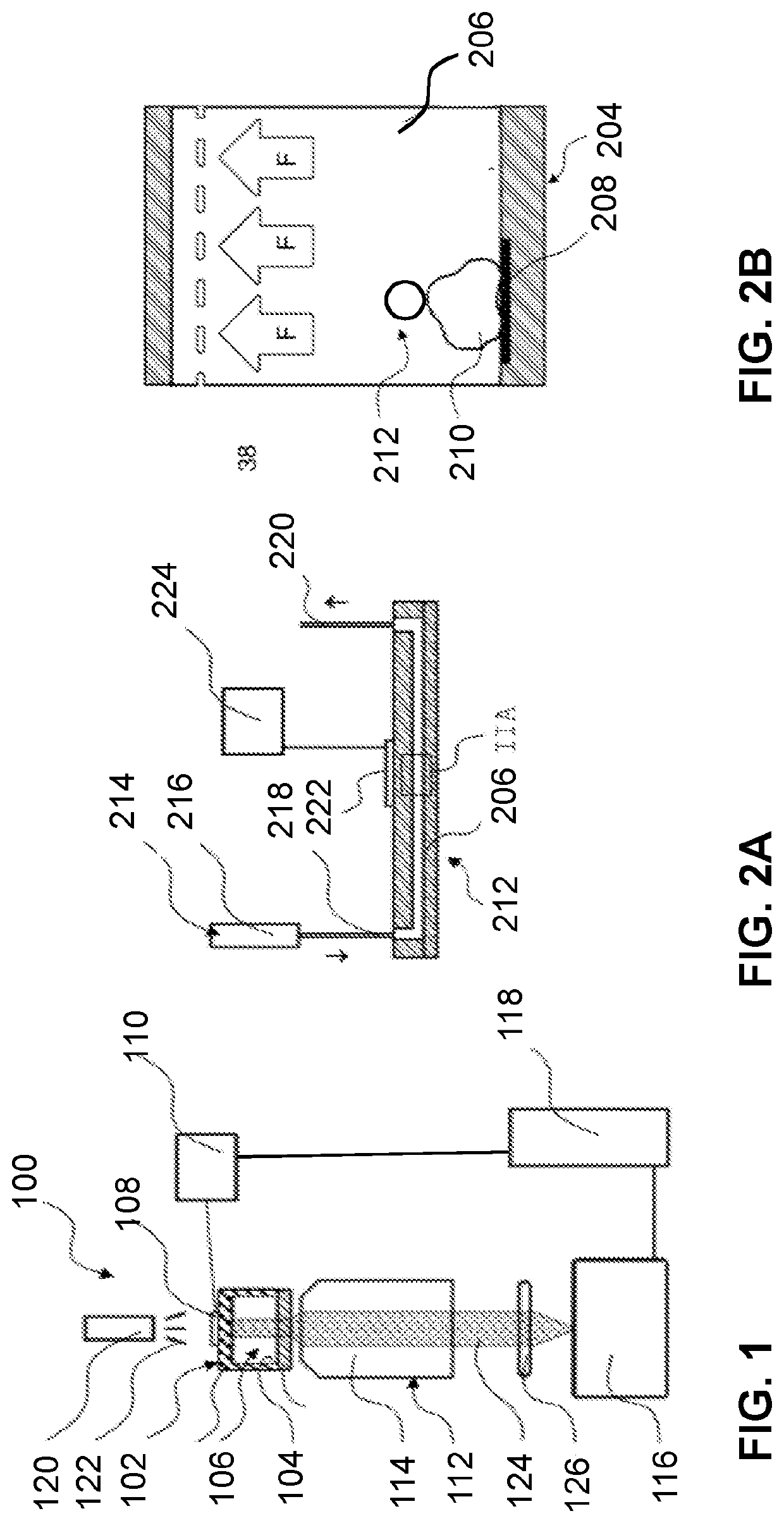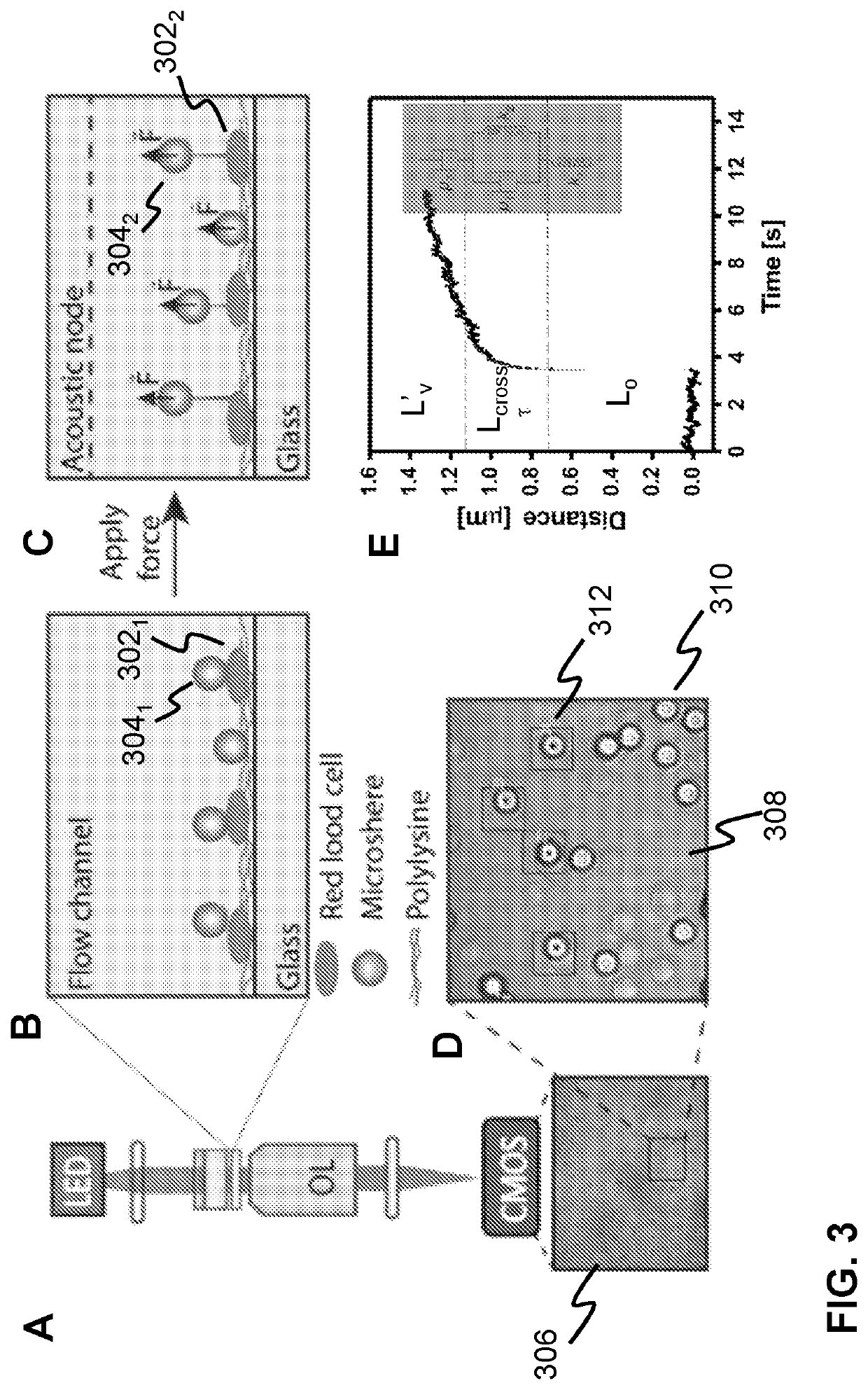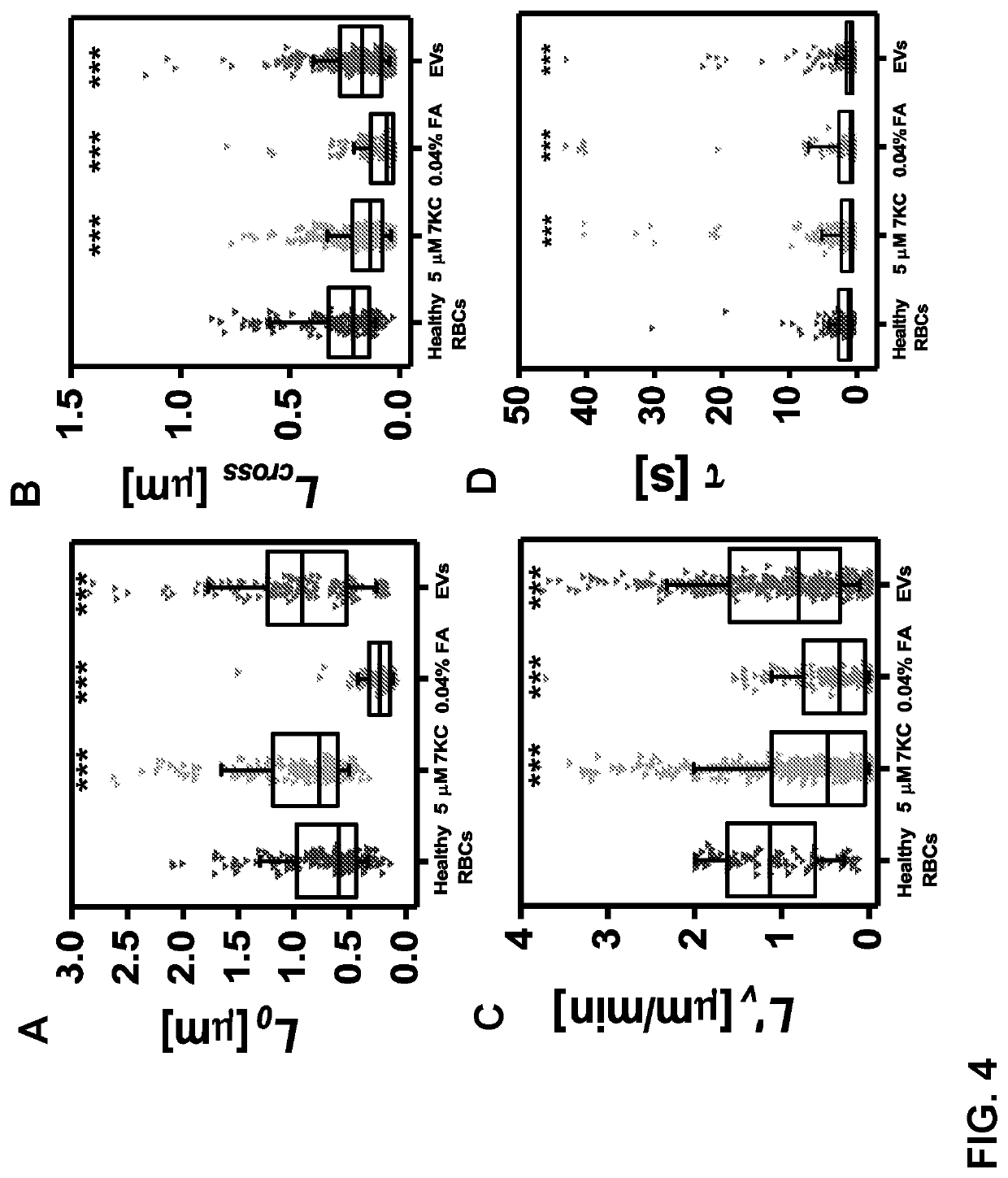Probing mechanical properties of biological matter
- Summary
- Abstract
- Description
- Claims
- Application Information
AI Technical Summary
Benefits of technology
Problems solved by technology
Method used
Image
Examples
Embodiment Construction
[0090]It is noted that the drawings are schematic, not necessarily to scale and that details that are not required for understanding the present invention may have been omitted. The terms “upward”, “downward”, “below”, “above”, and the like relate to the embodiments as oriented in the drawings, unless otherwise specified. Further, elements that are at least substantially identical or that perform an at least substantially identical function are denoted by the same numeral, where helpful individualised with alphabetic or subscript numeric suffixes.
[0091]While the embodiments and examples hereunder are described with reference to cellular bodies, it is appreciated that these embodiments and examples are not limited thereto and also include systems and methods for probing mechanical properties of biological soft matter layers such as a tissue layers, lipid bilayers, organ on chip, etc.
[0092]FIG. 1 schematically depicts an acoustic force spectroscopy system according to an embodiment of...
PUM
 Login to View More
Login to View More Abstract
Description
Claims
Application Information
 Login to View More
Login to View More - R&D
- Intellectual Property
- Life Sciences
- Materials
- Tech Scout
- Unparalleled Data Quality
- Higher Quality Content
- 60% Fewer Hallucinations
Browse by: Latest US Patents, China's latest patents, Technical Efficacy Thesaurus, Application Domain, Technology Topic, Popular Technical Reports.
© 2025 PatSnap. All rights reserved.Legal|Privacy policy|Modern Slavery Act Transparency Statement|Sitemap|About US| Contact US: help@patsnap.com



